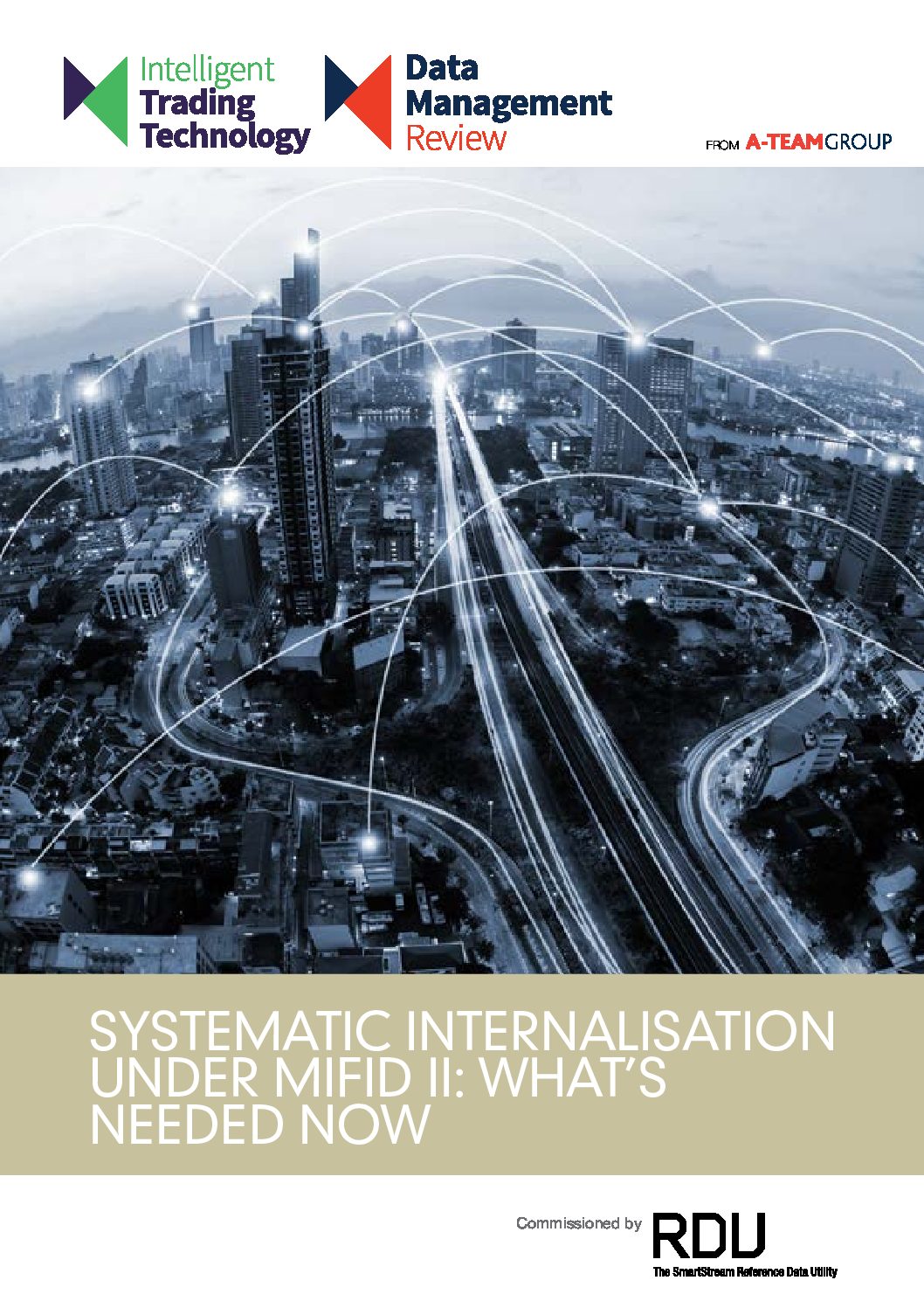From September 1, MiFID II-regulated firms breaching certain volume thresholds for internal matching of client orders will be required to register as systematic internalisers (SIs).
SIs were created by regulators under the original MiFID directive a decade ago, and applied to equities, where the approach had only modest uptake. Today, regulators are using SIs to enhance transparency across the wider financial markets, including fixed income and OTC derivatives. Regulators are hoping that SIs will shift liquidity from opaque dark pools and broker crossing networks (BCNs) to the more transparent SI platforms. As such, SIs will be required to report their quotes and trades to the marketplace across all instruments through a new framework of pre- and post-trade reporting created by MiFID II.
This new SI regime effectively rounds out the reconfigured execution venue landscape under MiFID II for Equities and Fixed Income, with wide-ranging repercussions both for sell-side firms facing mandatory registration as SIs and an evolving competitive landscape, and for trading firms seeking to understand which SIs they should be doing business with. In a last-minute reprieve, the SI regime for Derivatives has been pushed back to next spring.
This paper will explore the impact that the SI regime is having on financial services firms as they prepare for the September 1 deadline. Firms deciding on SI registration need answers to crucial questions, such as:
- Does the firm need to become an SI due to existing or expected trade volumes?
- Does the firm need to become an SI in order to become or remain competitive?
- What does the firm need to do from an operational workflow, technology and data perspective to implement the infrastructure needed to become an SI?
Additionally, the paper will look at how trading firms that could find themselves doing business with an SI should navigate the new execution venue landscape. For example, how do they deal with the growing complexity of liquidity in the marketplace and the greater need for transparency around counterparties? How do firms understand who the SIs are in the marketplace, and what the competitive implications are for a particular instrument or instrument group?









